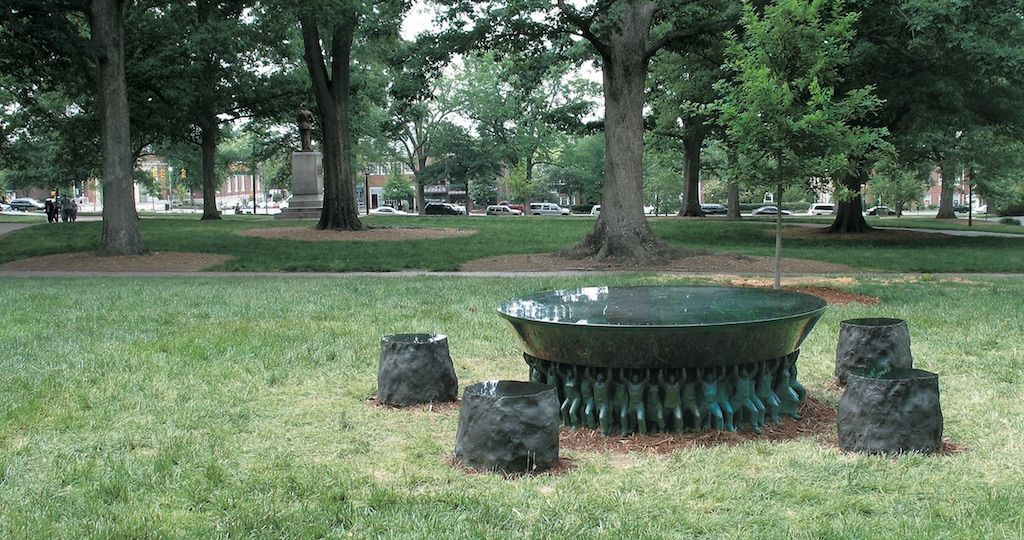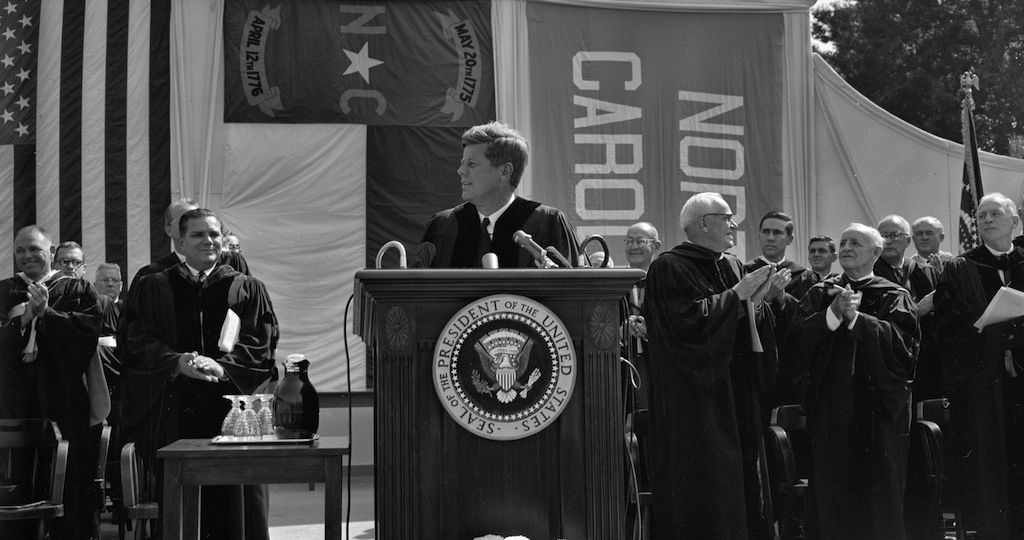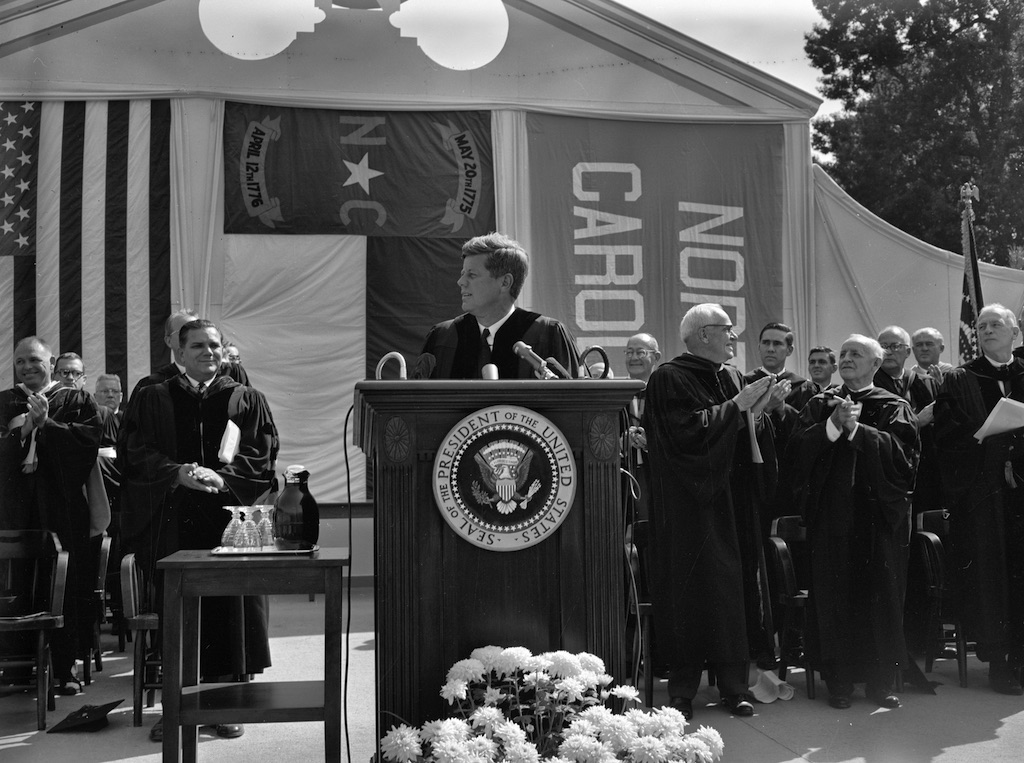Upendo Lounge
In 1972 the Black Student Movement (BSM) was allocated a meeting and event space on the first floor of Chase Hall. They named it the Upendo Lounge, after the Swahili word for love. Upendo quickly became a hub for African American students on campus. It was used for meetings, practices, lectures, and church services and as a general gathering space and community center. It was the first space on the campus dedicated to and controlled by African American students. The location and use of Upendo were often a source of contention. When the space was taken over by dining services in 1976, Upendo was moved upstairs. In 1983 the space was unavailable during renovation and was again relocated. The BSM often clashed with university administrators who repeatedly challenged the group's control of the space and discussed making it available to other student groups. Even after the opening of the Black Cultural Center in the student union in 1988 and the Stone Center in 2004, Upendo remained the center of BSM activities and an important part of student life. After Chase was torn down in 2005, space was allocated for a new Upendo in the Student and Academic Services Building North. The new Upendo was renovated in 2016, and the university confirmed that the BSM would have priority use of the space.





